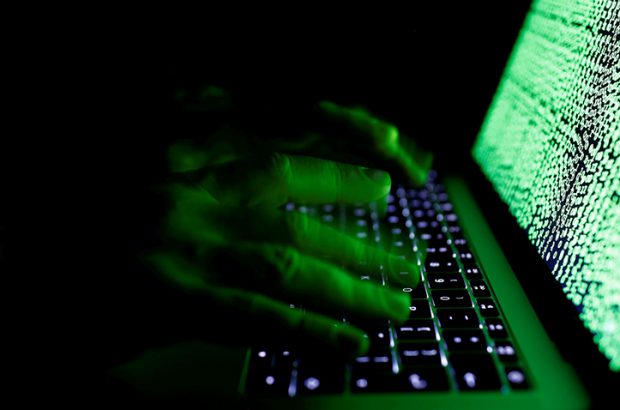Regarding the deceitful recruitment techniques of the Mujahedin Khalq Organization (MKO/ MEK/ PMOI/ Cult of Rajavi), the record is very long. In the late 1980s the group lost its ability to attract cooperation. In fact, several thousand assassinations in the streets of Iranian cities, in addition to collaboration with Saddam Hussein in the eight-year war between Iran and Iraq, led to the group’s serious unpopularity among Iranian public and eventually the recruitment process became very difficult for of the MEK with its extensive record of violence and terrorist acts.
Therefore, the MEK recruiters used human smugglers to dispatch their forces to the neighboring countries of Iran. Turkey, Pakistan, the UAE, and even European countries such as Germany, were places where human traffickers went to immigrant Iranians or even travelers to deceive them to join the MEK. A large number of MEK’s current members and defectors were recruited by the MEK agents who promised them a dream life in Europe via joining the MEK in Iraq!
Years later, with the expulsion of the group from Iraq and its relocation in Albania, the new project for the MEK leaders was to escalate chaos and sabotage in Iran. In order to allegedly destabilize the Iranian government, they try to find operatives inside the country, and this time in the social networks and cyberspace. The techniques are similar to those of the 1990s In Turkey and the UAE.
The MEK agents who communicate with users inside the cyberspace, in one of their most widely used ways to identify and recruit individuals, they set up pages and groups with general topics in order to monitor reactions and comments from social network users. This way they select their targets.

Leaked photos showing MEK members at work
As an example, in Telegram, they observe the comments of users in different groups exploring their reactions to political and social issues. After engraving a social problem, such as abuse, inflation, unemployment, and so on, one has to examine the reactions of the people in the group. Then, they choose their targets among them. Any criticism of the system or government is considered as an opportunity for the MEK agents to deceive their targets through a process of communicating with individuals, sometimes in the course of a few months, in order to use them for further operations.
The Space of Instagram, YouTube and Twitter is also the MEK’s full-time activity place, in which they insert contents against the Iranian government in a variety of political, social, economic, cultural issues and other fields, with diverse literature tailored to various types of age and political opposition. This is the result of their precise observation of the individuals’ reactions are trying to trap them.
Observation of posts and content published by individuals on social networks, behaviors and interests of each person in cyberspace are also other mechanisms of the MEK to choose their targets. In some telegram channels, robots are used to detect and identify subjects that are relevant to the agenda of the MEK. These robots have the ability to examine the hashtags, keywords, or even the user’s intruders in a massive way, and have been programmed to quickly detect content against the system and then introduce them to the MEK agents in the cyberspace.
MEK’s targets are usually selected from among the lower aged groups, since people under the age of 20 usually have the slightest familiarity with the records of the crimes of the group and particularly its betrayal against its own country fellowmen.
A simple search by users in the cyber space, or consultation of an elderly can basically make the youth aware of the threat by the side of the MEK as a terrorist cult. However, the MEK agents are skillful in manipulating their targets. When they introduce themselves as members of the MEK, online presence on the social network becomes their priority to guide their target in such a way as he or she asks all questions and ambiguities from the MEK agents. Deceived targets have entirely confessed that MEK agents have repeatedly stressed that if they have any questions, they should ask themselves!
Unfortunately, the lack of appropriate consideration paid by families to their children’s activities in cyberspace and social networks, risks the life of their children. This is partly because of the parents’ lack of familiarity with the practices of the MEK in cyberspace, too. MEK, in its turn, uses the ground to launch its fraudulent activities.

